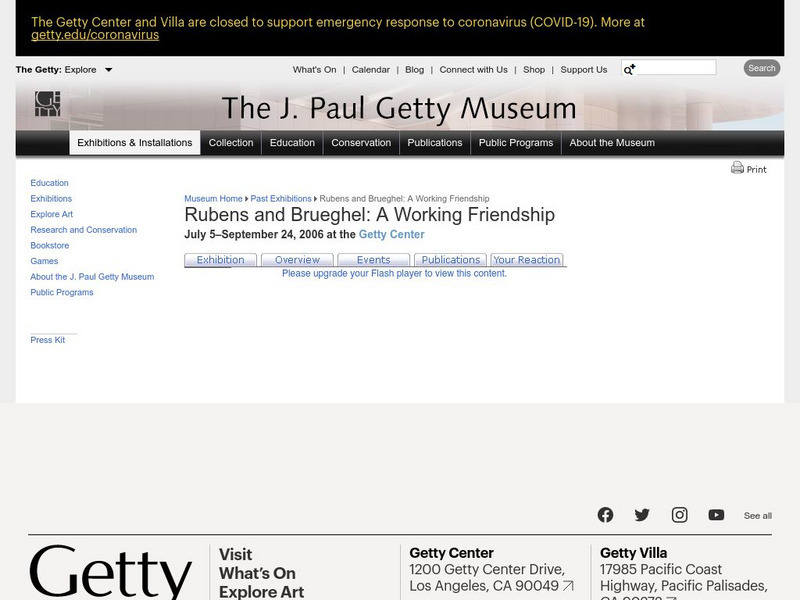University of North Carolina
Art History
Art analysis might help uncover some of life's most puzzling questions, such as the mystery behind Mona Lisa's smile. The handout, from the Writing for Specific Fields series, is particularly useful for those interested in pursuing art...
University of North Carolina
Literature (Fiction)
An informative installment of the Writing for Specific Fields series helps readers learn how to interpret and write about fiction. The website details nine easy steps for writing a literary analysis—a useful method for all readers!
University of North Carolina
Evaluating Print Sources
Not all sources are created equal, so how do you evaluate them? Writers learn how to evaluate print sources based on elements such as audience, tone, and argument in the sixth handout of 24 in the Writing the Paper series from the...
University of North Carolina
Political Science
The right to vote and freedom of expression are democratic principles that fall under the study of political science. A handout describes writing assignments that are common in political science college classes and gives tips and...
University of North Carolina
Audience
Challenging pupils' perspectives by having them walk in the shoes of the reader. An informative resource discusses how to identify an audience and anticipate their needs before writing an upcoming argumentative essay.
University of North Carolina
Statistics
Let's see you back it up! As shown in the 18th handout in the Writing the Paper series of 24 lessons from UNC, statistics help form an effective argument. The handout discusses how to analyze a source and break down the data to ensure it...
University of North Carolina
Music
Music is a universal pleasure, but writing about it can be a little trickier. An informative handout discusses common types of music writing assignments that one might encounter in a college-level course. Individuals read about musical...
ProCon
Is Homework Beneficial?
Does homework improve student achievement, or does it increase stress? Scholars use the included debate topics website to prepare for a class discussion or debate about whether homework is advantageous. After reading a brief background...
Rock and Roll Hall of Fame
Rock & Roll Hall of Fame: Sti Lesson 10: Interpretation and Meaning
Using the lyrics, music and video of a selected song (example used here is 'One' by the Irish group U2), students will explore the ways in which words, music and visual images interact to create meaning. Students will analyze the...
Arizona State University
Arts Work: Theater Criticism
A solid approach to the basics of viewing and evaluating a dramatic experience, including theater, film, and television. Covers description, analysis, interpretation, and evaluation in the context of theater.
J. Paul Getty Trust
J. Paul Getty Museum: Rubens and Brueghel
An exhibition, organized by the Getty in 2006, that looks at the work of two seventeenth-century giants of Flemish art, Peter Paul Rubens and Jan Brueghel the Elder. Using a number of technical tools available to the museum's...
Other
Louvre Museum: A Closer Look at the Titeux Dancer
Media-rich module examines a terracotta figurine that embodies many characteristics of classical Greek sculpture. Expert commentary accompanied by animated overlays demonstrate details of the composition that give it harmony, balance,...










